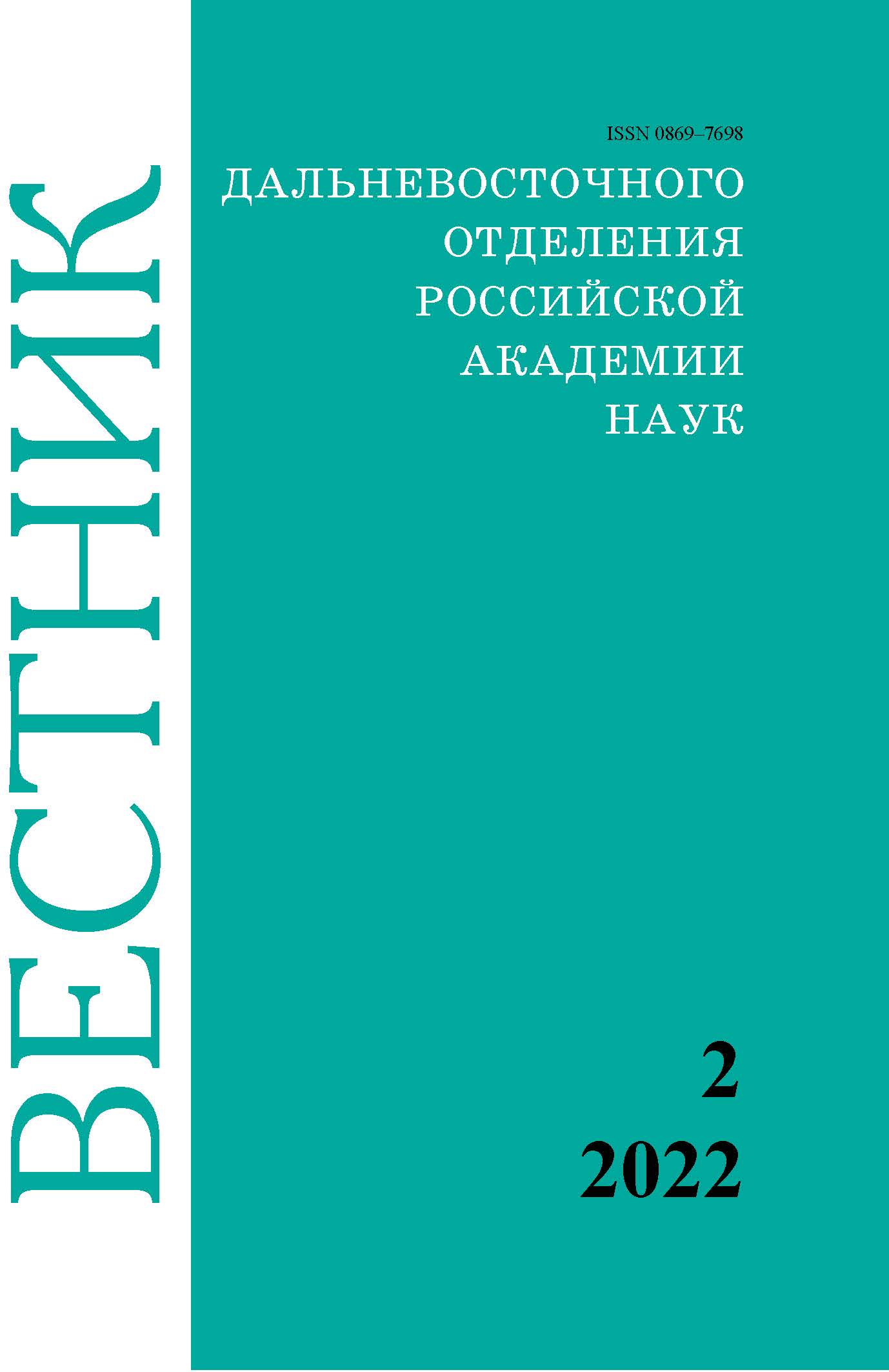The use of kelp and lichens in the diet of mixed young cattle
Keywords:
mixed young Hereford and Aberdeen-Angus breeds, feed additive (FA), kelp, lichen, weightAbstract
In the conditions of the Magadan Region, studies were conducted on the use of a feed additive (FA) based on seaweed (laminaria Laminaria Bullatelancet-likelargekelp, fucus Fucusevanescens C. Agardh) in combination with lichens (Cladonia alpestris and Cetraria islandica) in the feeding diets of mixed young cattle of the Hereford and Aberdeen Angus breeds of the first generation aged 15 to 17 months. The stimulating effect on the body is due to the content of a wide range of biologically active substances, which are a factor stimulating the growth and development of farm animals that have a positive effect on their immune system.
The inclusion of a component feed additive in the diets of young animals on supplementary feeding contributes to an increase in the absolute growth of experienced young animals by 5.62 kg, a relative increase by 12.53 %, an average daily increase by 93.8 g (12.55 %) relative to the control group bulls (P ≤ 0.001). The relative growth rate according to S. Brody is higher in experienced young animals aged from birth to 17 months by 1.31 % relative to the control.
Raw materials for the preparation of feed additives belong to wild plants that grow in nature in sufficiently large volumes. They do not require significant costs for harvesting and preparation for feeding, and therefore, the use of such additives is a more effective form of enriching diets in comparison with the delivery of feed additives to the region from the central regions of the country.


